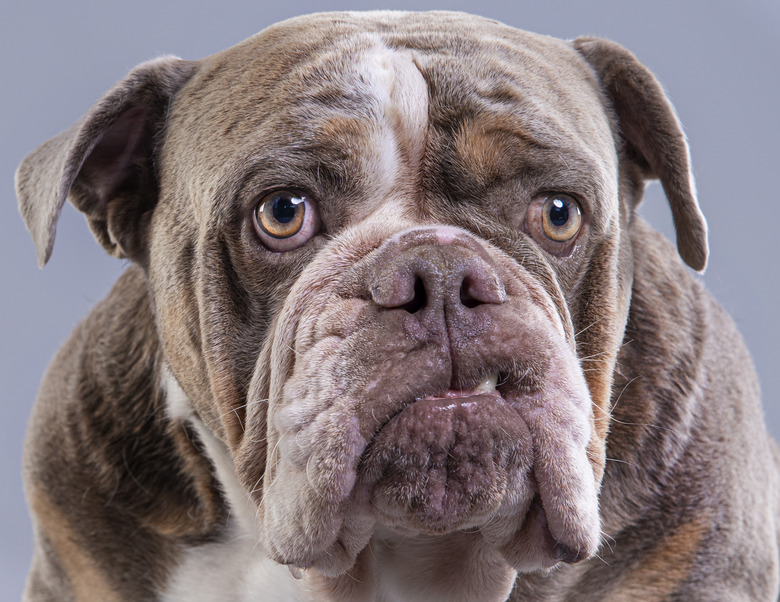Skin Problems That Cause Dog Dandruff And Excessive Shedding
Dry skin and hair loss in dogs are common symptoms of conditions like skin infections, poor nutrition, or parasites. Some of these issues can be contagious and can spread to other animals. If you notice severe dog dandruff or any problems with your dog's skin or coat, take your pup to the vet to diagnose and treat the problem.
Nutritional deficiencies in dogs
Nutritional deficiencies in dogs
If your dog is suffering from dog dandruff and hair loss, there could be a problem with his diet. If your dog isn't getting enough protein or the quality of the proteins is low, he won't have what he needs to develop a strong, healthy coat. Fats are also important, especially essential fatty acids that your dog can only get from his diet. Without these fats, your dogs will have dry skin that lacks elasticity and an unhealthy coat that easily becomes matted.
Zinc and copper are other key nutrients that your dog must have for a healthy coat. Deficiencies can result in a dry coat, hair loss, and skin cracking. Make sure you are feeding your dog a high-quality diet.
Canine skin infections
Canine skin infections
A dog with dog skin flaking and hair loss may be suffering from a bacterial or fungal skin infection. These infections are often secondary to other conditions, such as allergies and parasitic infections. Symptoms of a bacterial skin infection, also called pyoderma, include dry and flaky skin, pustules, hair loss, and itching. Treatment options include oral antibiotics, medicated shampoos, and treatment of any underlying conditions.
Dogs may also suffer fungal yeast infections of the skin when the normal yeast becomes overgrown. Symptoms include itching, flaky skin, thickening of the skin, and a tell-tale musty odor. These infections can become chronic. Treatment typically includes bathing your pup with an anti-fungal shampoo for up to 12 weeks, but in more serious cases, your vet may prescribe oral anti-fungal medications.
Parasitic infections in dogs
Parasitic infections in dogs
If your dog has excessive shedding and itching, it could be caused by a parasitic infection, like mites. There are two types of mite infections: sarcoptic mange mites and demodectic mange mites. Infection by sarcoptic mange mites causes scabies, and symptoms include a skin rash, crusting, and hair loss. These infections are highly contagious to other dogs and can also affect humans. Your dog will need treatment to kill the mites and to manage the symptoms while she is recovering.
Demodectic mange mites, on the other hand, are less contagious and usually only transfer from a mother dog to her puppies. Symptoms include scaly skin and redness, but this type of mite doesn't usually cause itching. Your vet will discuss treatment options to kill the mites and resolve symptoms but be aware that if the mange becomes generalized rather than limited to localized areas, the treatment may take a long time.
Other causes of dog dandruff and shedding
Other causes of dog dandruff and shedding
Hormonal imbalances can also cause problems with the skin and coat. If your dog has hair loss, especially along his back, he may be producing too much cortisol, a condition called Cushing's disease. Other symptoms may include increased thirst and urination and muscle weakness. This condition is sometimes caused by a tumor that can sometimes be removed surgically, or your vet may prescribe medication to help manage the symptoms and disease.
Excessive shedding and dry and thinning hair may also be caused by hypothyroidism. Other symptoms may include weight gain, lethargy, and high cholesterol. This condition is treated by administering thyroid replacement hormone medication.
